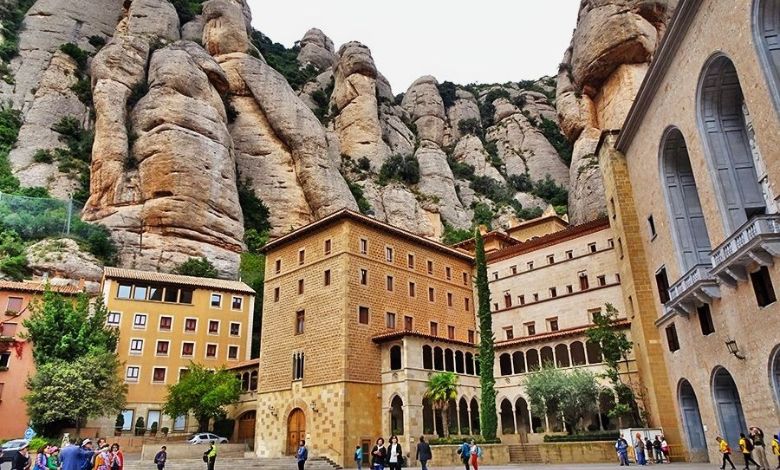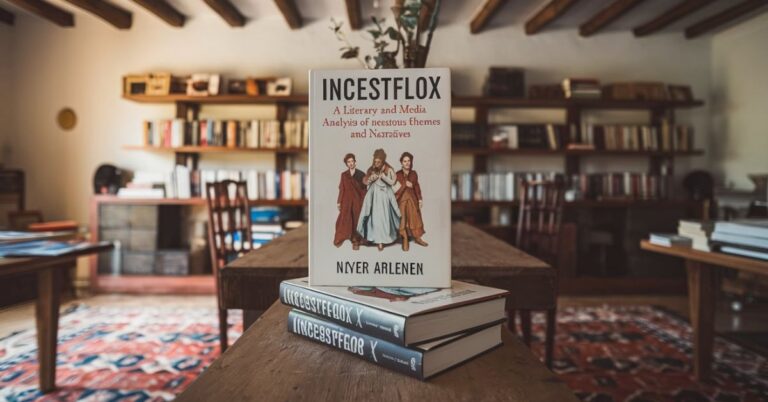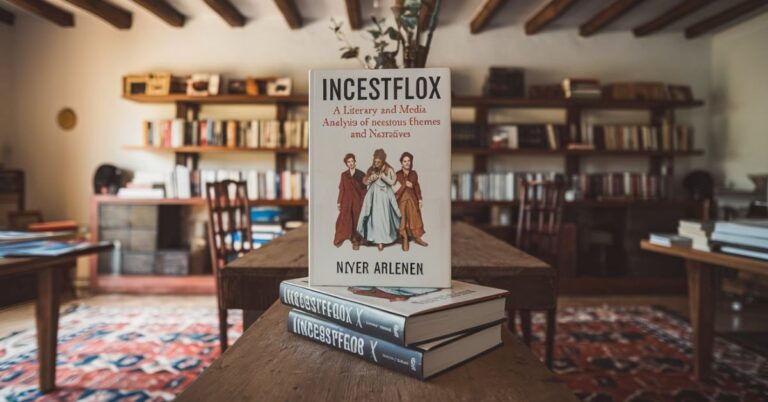In the heart of Catalonia, nestled in the serene hills of Montserrat, there exists a musical legacy that transcends time and space. This is where the famous musician Jordi Savall, a prominent figure in the world of early music, made recordings that would not only change the course of music history but also preserve the rich, spiritual history of Montserrat’s church. The “Savall在Montserrat教堂的录音” (Savall’s recordings at Montserrat Abbey) are an important testament to the intersection of music, spirituality, and history. These recordings continue to resonate with listeners worldwide, particularly in the United States, where they hold a special place in the hearts of early music enthusiasts and historians alike.
In this article, we will delve deeply into the significance of Savall’s work at the Montserrat Abbey. We will explore the history of the Abbey, the impact of Savall’s contributions to early music, and how these recordings help preserve the essence of Montserrat’s musical heritage. We will also provide insights into how these recordings transcend mere music to become a powerful historical tool, preserving the sacred sounds of Montserrat for future generations.
The Historical Context of Montserrat Abbey
Montserrat Abbey, located about 30 kilometers from Barcelona, is not just a religious sanctuary; it is a monument to the enduring power of music, culture, and tradition. The Abbey, founded in the 9th century, has been a center of spiritual reflection and artistic expression for centuries. Its position in the mountains makes it a site of pilgrimage, attracting those seeking not only religious solace but also an appreciation of its rich musical history.

The Abbey has long been home to the Escolania de Montserrat, one of the oldest children’s choirs in Europe, which has sung sacred music for hundreds of years. The music at Montserrat is thus deeply intertwined with the religious and historical fabric of the region.
Also Read: The Ultimate Guide to the 4808037616 Phone!
Savall的音乐生涯与贡献
Jordi Savall, born in 1941 in Barcelona, is an internationally recognized Catalan viol player, conductor, and composer. He is renowned for his pioneering work in the performance and promotion of early music. His meticulous research and dedication to historical accuracy have earned him numerous accolades. But it is his commitment to bringing historical music to modern ears that makes him a truly significant figure.
Savall’s career is marked by his exploration of early music through the use of period instruments and authentic performance practices. Through his work, he has illuminated the music of composers like J.S. Bach, Henry Purcell, Antonio Vivaldi, and many others. But Savall’s contributions extend beyond the composers of the Baroque period. He has worked to resurrect forgotten musical traditions from the Renaissance, Medieval periods, and even pre-Baroque eras, bringing them into the modern musical landscape.
Savall在Montserrat教堂的录音:音乐与历史的结合
One of Savall’s most iconic contributions to the world of early music came through his recordings made at Montserrat Abbey. These recordings are more than just musical performances; they represent a merging of history, spirituality, and culture in a place where sacred traditions have flourished for centuries.
The “Savall在Montserrat教堂的录音” refers specifically to the series of musical works Savall recorded in the Abbey’s impressive spaces, surrounded by the natural acoustics of Montserrat. The echoing sounds of the church combined with the historical context of the place imbue the recordings with a unique character, offering listeners a sense of immersion in both history and music.
Preserving Sacred Sound Through Time
Montserrat’s musical tradition is ancient, and many of the compositions recorded by Savall reflect the spiritual heritage of the Abbey. These works span centuries, from medieval liturgical chants to Renaissance and Baroque compositions, showcasing the Abbey’s role as a cultural beacon for music in Spain. Through his recordings, Savall has captured these sacred sounds, preserving them for posterity.
The “Savall在Montserrat教堂的录音” has also become a means of preserving the unique acoustics of the space. The Abbey’s architecture, with its expansive vaulted ceilings and awe-inspiring reverberations, provides an auditory experience that is impossible to replicate elsewhere. The recordings thus become not only a document of musical interpretation but also a historical artifact of the Abbey’s sacred environment.
These recordings offer an opportunity for contemporary audiences to connect with the music in a way that previous generations could not. They provide a means to experience Montserrat Abbey’s sacred sounds and traditions, a direct link to the past that modern technology has made accessible worldwide.
The Cultural and Historical Significance of Savall’s Work at Montserrat
Savall’s work at Montserrat is not limited to its musical value alone. It also holds immense cultural and historical importance. The Abbey has been a center for spiritual life for over a thousand years, and its history is rich with sacred music traditions that have shaped the development of Catalan and Spanish musical culture.
By choosing Montserrat as the location for these recordings, Savall did more than just perform; he helped to preserve the cultural heritage of the region. Montserrat has always been a symbol of Catalan identity and independence. Through these recordings, Savall connected the Abbey’s ancient musical traditions with the modern world, making it accessible to a global audience.
Furthermore, the spiritual aspect of the recordings cannot be understated. Many of the works recorded at Montserrat are sacred pieces composed for religious ceremonies. The profound spirituality of these pieces resonates deeply with listeners, evoking a sense of reverence and contemplation. In a world often preoccupied with the secular, Savall’s recordings at Montserrat provide a rare glimpse into the transcendental power of music and its connection to the divine.
Also Read: Comprehensive Guide to 770-404-4750 – Insights, Interpretations!
The Role of Technology in Expanding Montserrat’s Reach
The digital era has transformed the way music is shared with the world. In the past, recordings of sacred music from locations like Montserrat might have been confined to those who could visit the Abbey. Today, thanks to modern technology, Savall’s recordings at Montserrat are available to anyone with an internet connection, creating a global audience for this historic music.

Streaming platforms like Spotify, Apple Music, and YouTube make Savall’s Montserrat recordings easily accessible. These platforms enable listeners around the world to experience the music and acoustics of Montserrat Abbey, regardless of their geographical location.
Savall在Montserrat教堂的录音: A Gateway to Early Music
For listeners in the United States and beyond, Savall’s recordings at Montserrat offer an introduction to early music that is both accessible and profound. The music of the Renaissance, Medieval, and Baroque periods can often seem distant to modern ears, but Savall’s sensitive performances, coupled with the sacred environment of Montserrat, make these compositions feel immediate and relevant.
Also Read: Editor Benjamin Tech Guru Keezy.Co!
FAQs: Savall在Montserrat教堂的录音
Q1: What makes Savall’s recordings at Montserrat Abbey so unique?
Savall’s recordings at Montserrat Abbey are unique because they capture the essence of the Abbey’s historic acoustics. The combination of sacred music and the Abbey’s architectural space creates a sound that is deeply immersive and spiritually moving.
Q2: How does Savall’s work help preserve Montserrat’s musical heritage?
Savall’s recordings help preserve Montserrat’s musical heritage by documenting and sharing the sacred and historical music performed at the Abbey. These recordings are an invaluable resource for understanding the musical and spiritual traditions of Montserrat.
Q3: What genres of music are featured in Savall’s Montserrat recordings?
The recordings feature a range of musical genres, including medieval chants, Renaissance motets, and Baroque sacred music. This variety showcases the historical breadth of the music performed at Montserrat.
Q4: How can I access Savall’s recordings from Montserrat?
Savall’s recordings can be found on major streaming platforms such as Spotify, Apple Music, and YouTube. They are also available for purchase through music retailers and online stores.
Q5: Why are Savall’s recordings important for historical and cultural preservation?
Savall’s recordings are vital for historical and cultural preservation because they capture not only the music but also the acoustics of the sacred spaces at Montserrat. This helps to preserve a unique soundscape that would otherwise be lost to time.
Conclusion: A Legacy of Music, History, and Spirituality
Jordi Savall’s “Savall在Montserrat教堂的录音” is more than just a musical project; it is a fusion of history, culture, and spirituality. His recordings have preserved the sacred sounds of Montserrat Abbey for future generations and brought the Abbey’s musical heritage to the global stage. Through Savall’s work, we are reminded of the enduring power of music to transcend time, place, and language. As listeners, we are given a rare opportunity to experience the sacred, the historical, and the beautiful in a way that connects us to the past while enriching our present.









+ There are no comments
Add yours